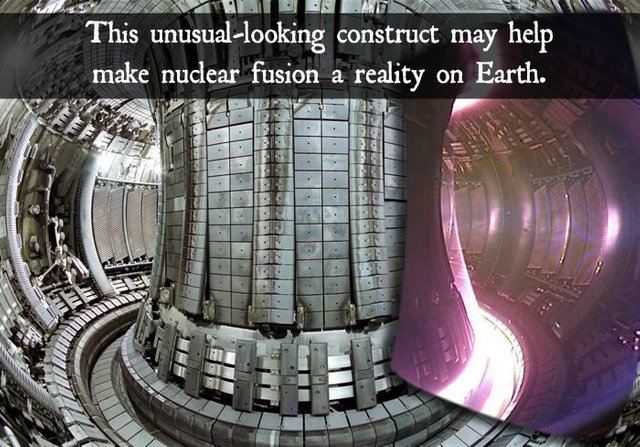Part 1: Fusion, the energy that is always 50 years away from commercial viability since the inception

Being a chemical engineer I'm a big fan nuclear fusion. Fusion Power generation has always been one of the most interesting fields of nuclear research and government organisations have poured money in since the middle of the last century.

While the world is still awaiting a breakthrough in a cheaper and clean power source for long, fusion has always been taunted, since the inception in 1950s, as the energy that was 50 years away from commercial viability and would always remain so. Humans chasing nuclear fusion is same as Tom chasing cherry ;)

In recent years, however, there has been some noises about creating a working prototypes of fusion reactors. Advanced tech and supercomputing have remarkably accelerated the pace of R&D in this field, which has probably led to the recent confident claims.
Even google is involved in one of the companies called "Tri Alapha Energy". They are in partnership and developing an algorithm for creating an ideal fusion condition.
But You must be wondering, what the hell Fusion is?

In nuclear fusion, hydrogen isotopes are fused together to form a new element called helium. In the process, a small amount of matter gets converted into heat, as in the case of nuclear fission.
This energy is humongous and could be harnessed. But the temp necessary for fusion reaction to occur is in the range of 13 million degrees centigrade. No material can withstand that temperatures. So now you can imagine why fusion so difficult!!

Fusion experiments are therefore carried out in apparatuses called ‘Tokamaks’ (toroidal plasma chambers), which uses magnetic confinement approach to suspend the hot plasma away from the walls. Isn't that cool!!

The problems in sustainable nuclear fusion have mainly related to maintaining the reaction for long durations & plasma containment. When plasma comes into contact with any other material in the tokamak, it immediately loses heat energy & the temp required to sustain the process comes down drastically, stopping the reaction.
At present, it has been possible to stably hold the plasma in the tokamak only for a few seconds. Large amounts of input energy are required for the experiment to sufficiently increase the temperature of the plasma for the fusion reaction to initiate.
In all the experimentation conducted till today, it has not been proved possible to obtain a significant higher output of fusion energy than the input energy. The best output to input energy ratio is 65 per cent.
For fusion to become a viable source of energy generation, the reaction must be sustainable for sufficiently long period & output energy will have to be many times greater than input energy.
There are different approaches fusion community is working on that could revolutionize energy sector. We will look into that in the next post, stay tuned.
Thank you for your valuable time to this post.